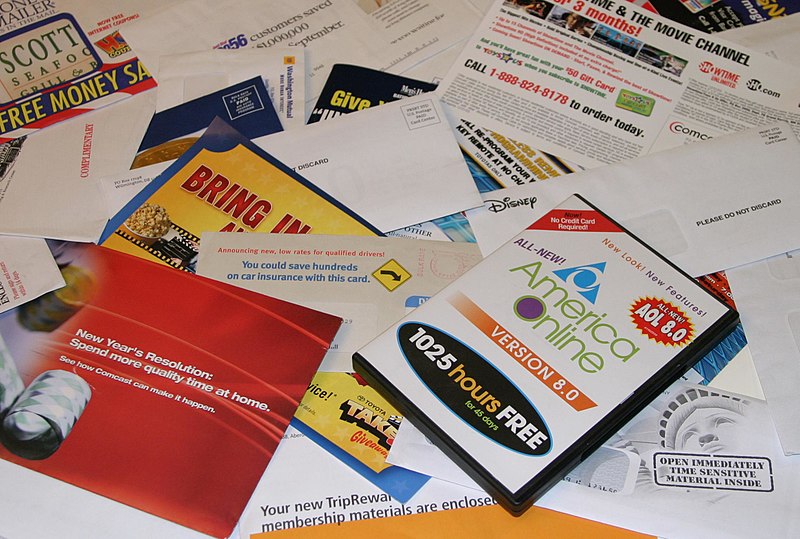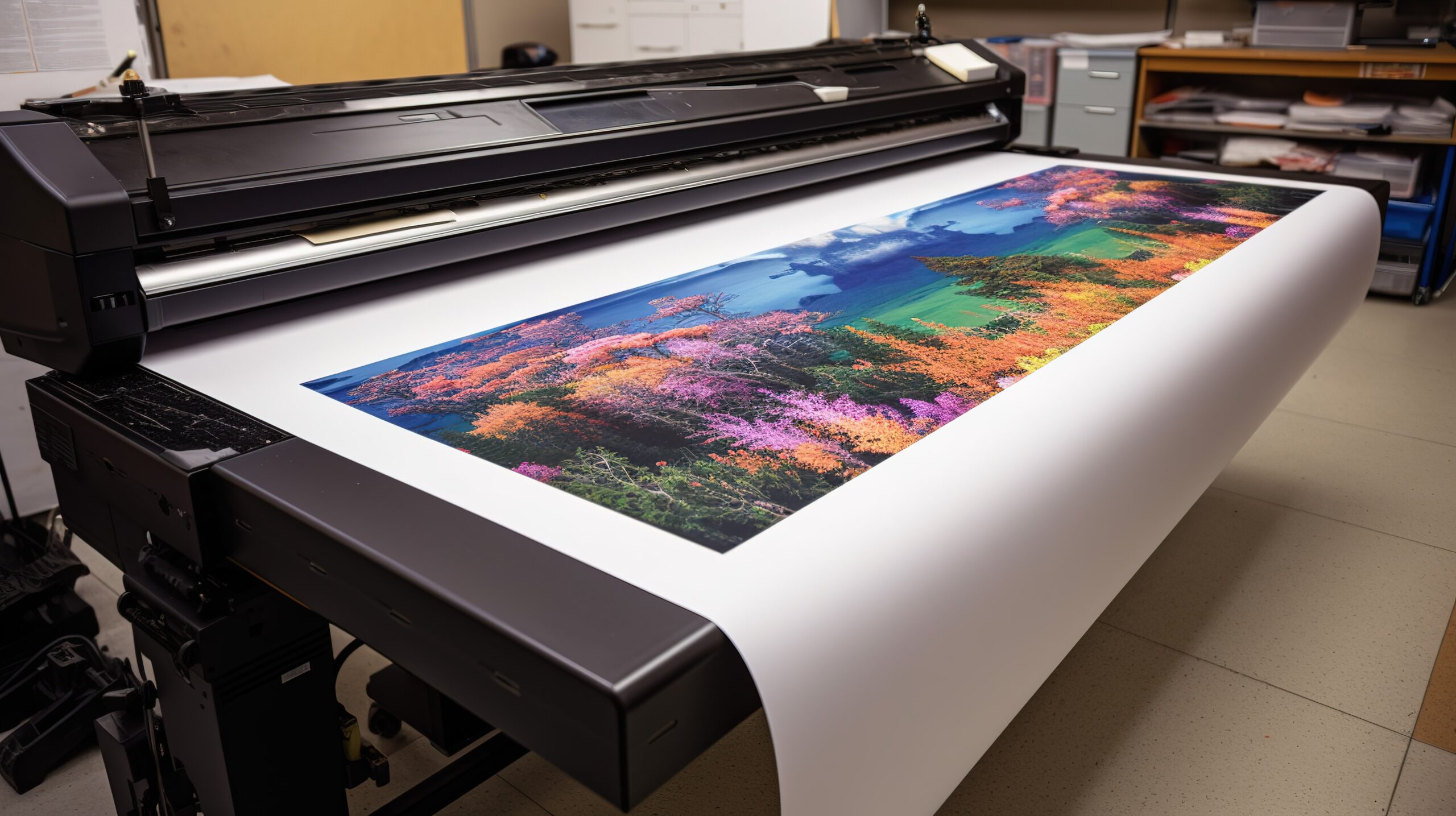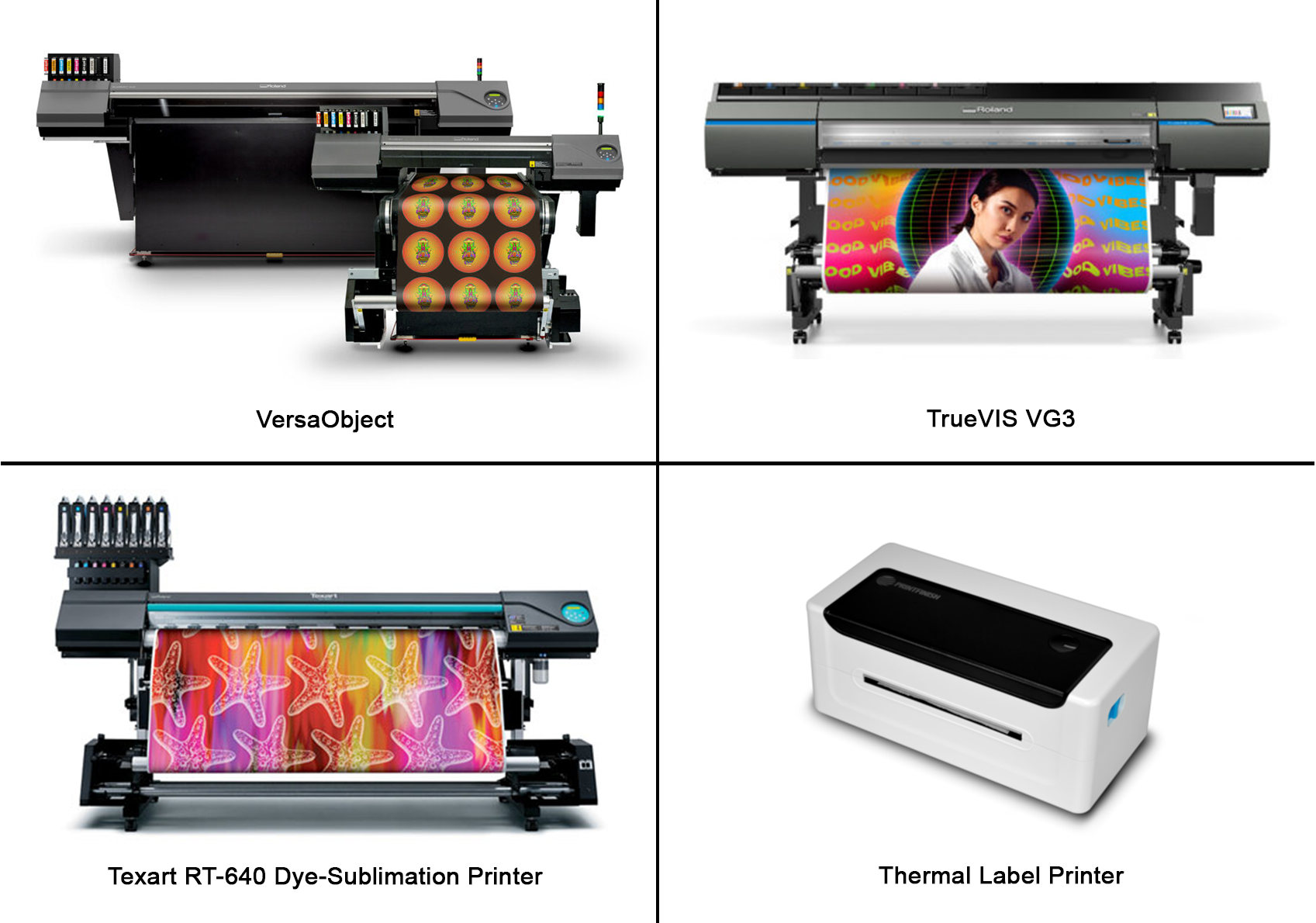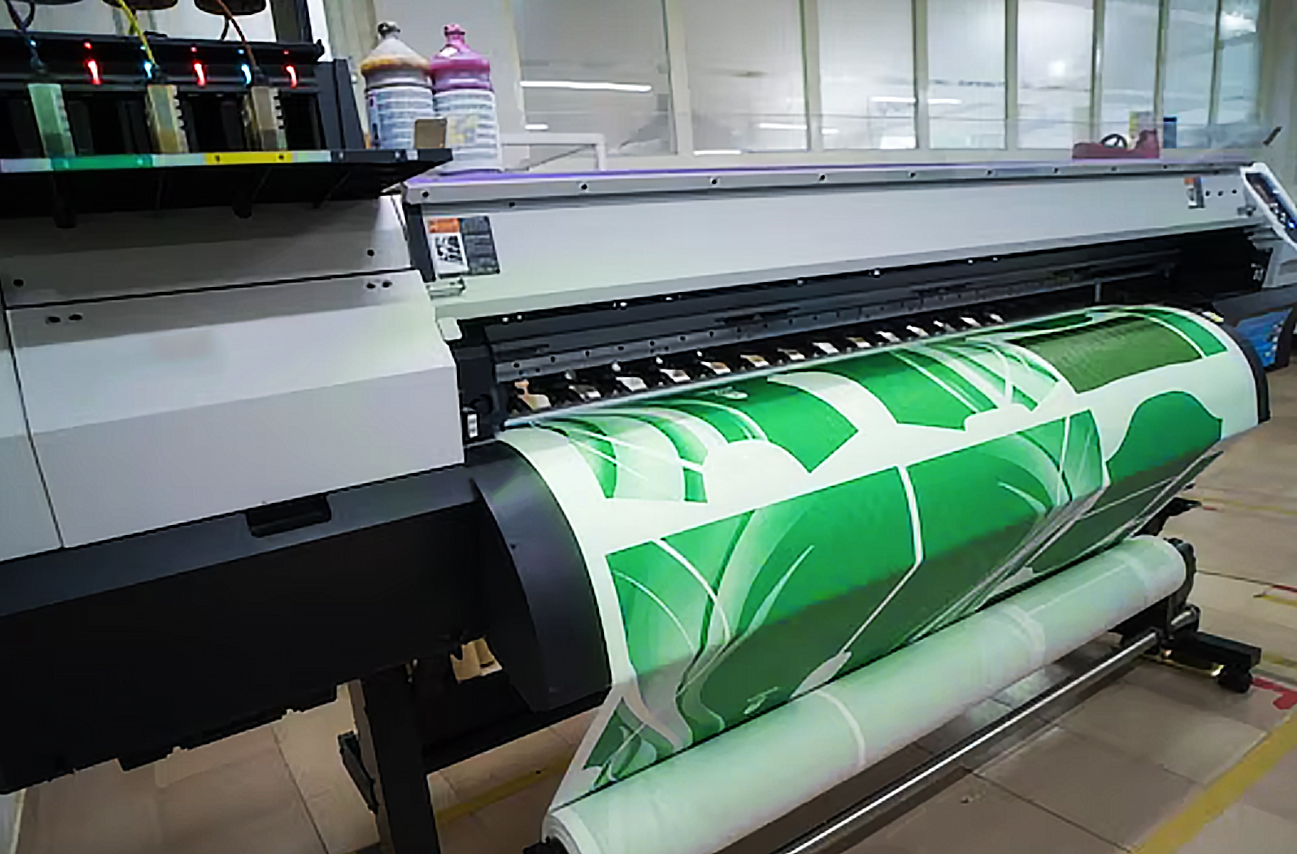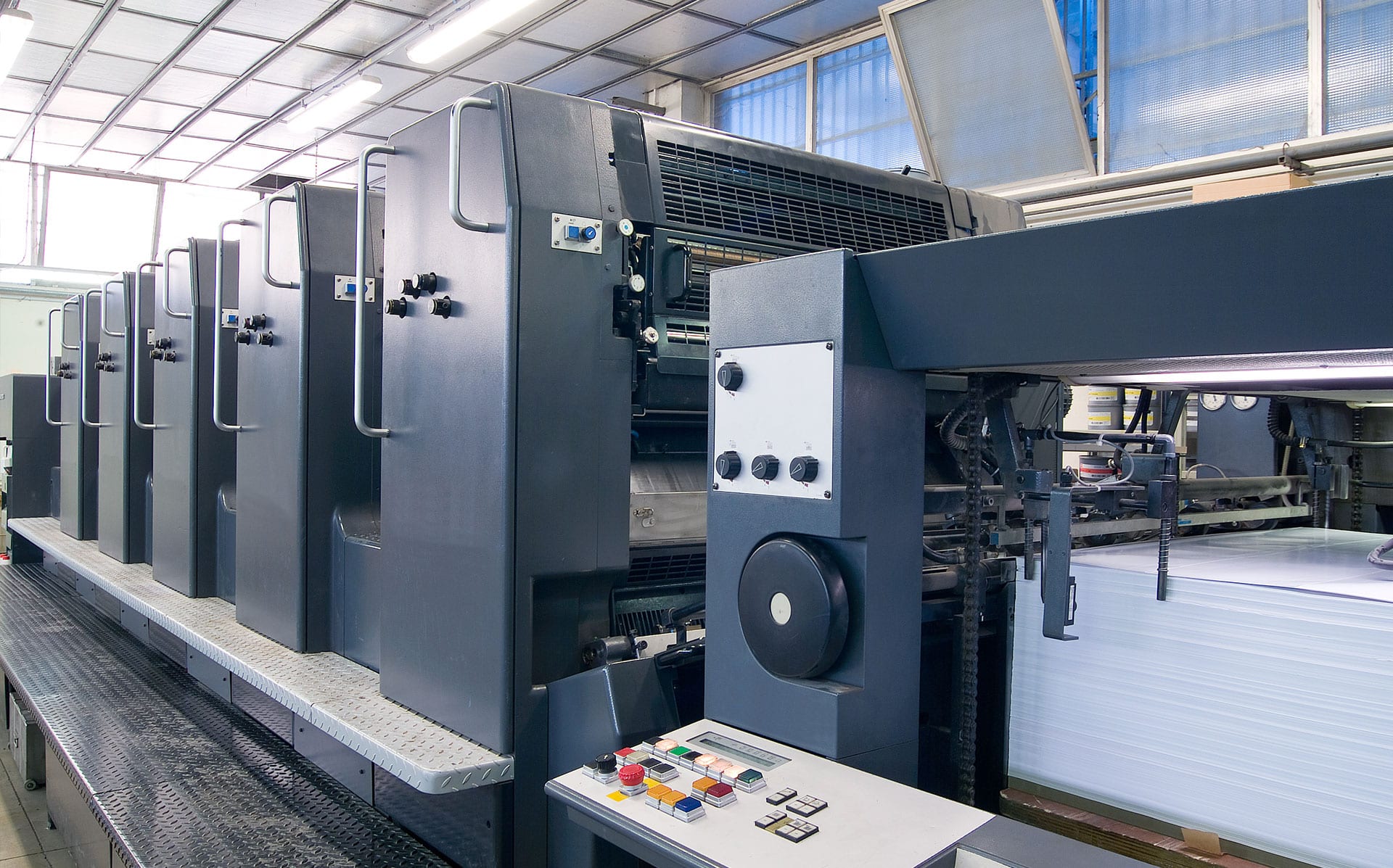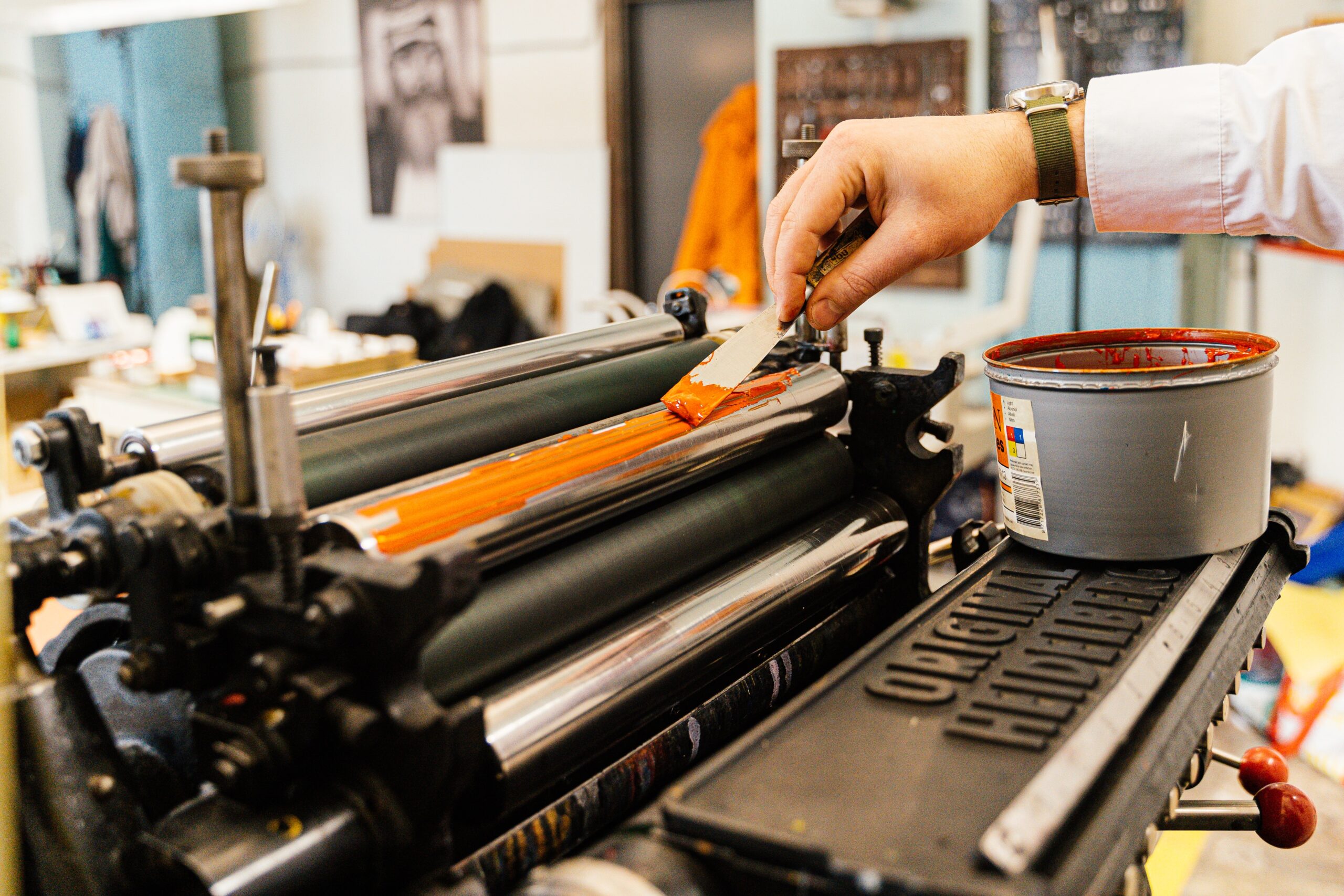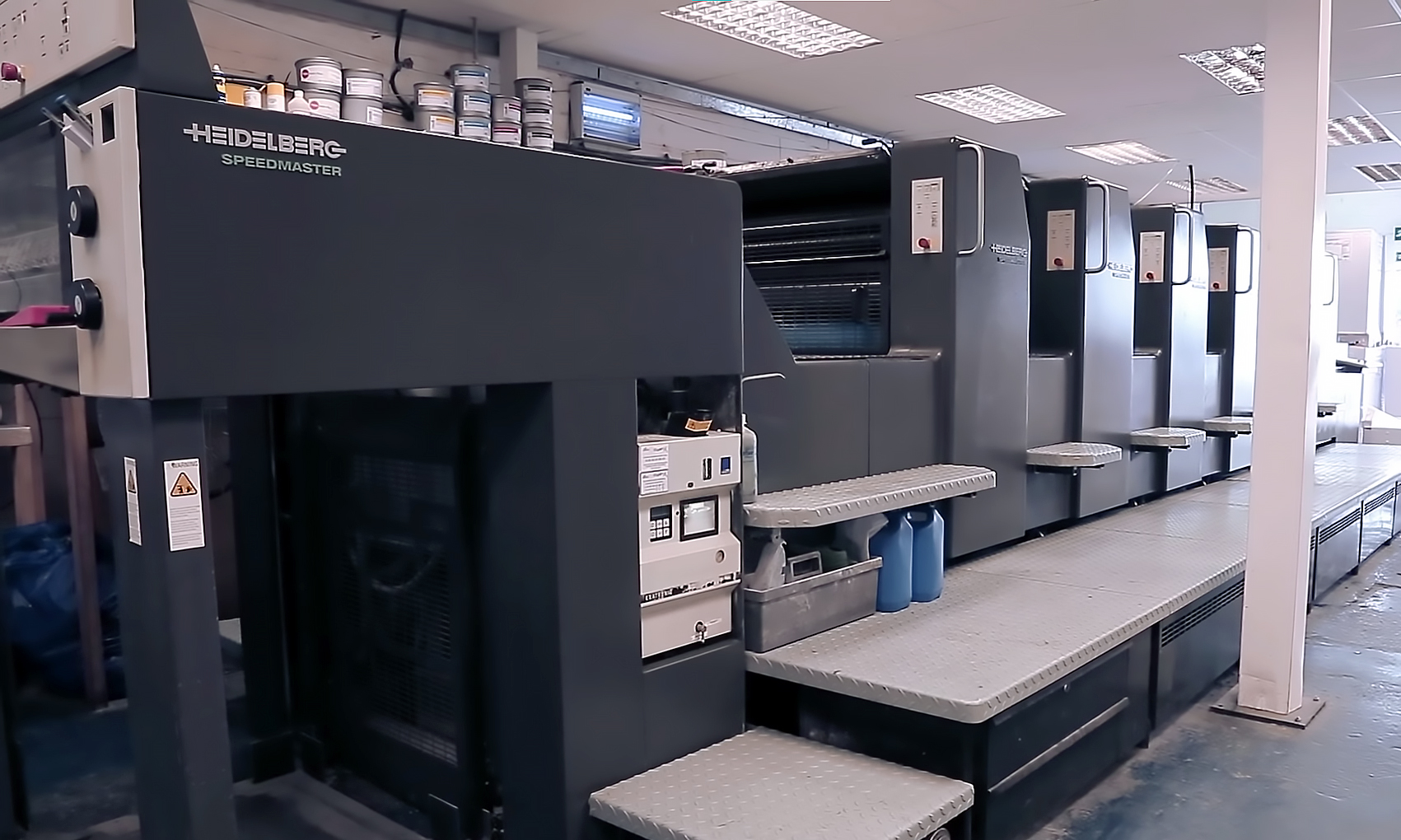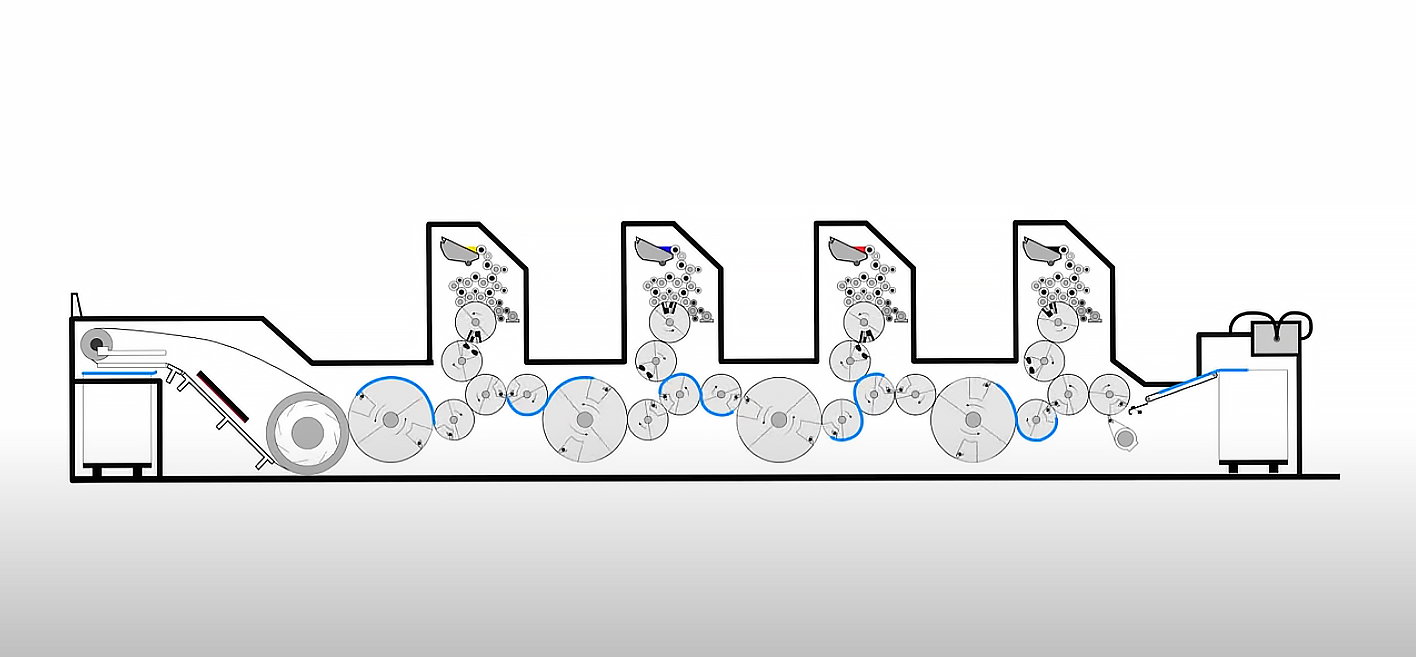Tag: offset lithography printing
10 Common Marketing Strategies Through Printing
In the digital age, businesses often focus on online marketing, yet traditional printing remains a powerful tool for brand promotion and customer engagement. Printed marketing materials such as brochures, flyers, business cards, and banners continue to offer tangible and lasting impressions, making them an essential component of any marketing strategy. Unlike digital ads, which can be ignored or forgotten, printed materials provide a physical presence that customers can hold onto, increasing brand recall. When executed effectively, marketing through printing can complement digital strategies and help businesses reach a wider audience with impactful, well-designed materials.
What is Marketing Through Printing?
Marketing through printing involves using physical materials to promote a brand, product, or service. These materials can be distributed in various ways, including direct mail, in-store displays, trade shows, and street promotions. Print marketing helps businesses establish credibility and professionalism, as high-quality printed materials convey a sense of trustworthiness and attention to detail. Unlike digital content, which is often fleeting, printed materials create a lasting impression and can be revisited multiple times by potential customers. Moreover, personalized print marketing, such as direct mail with customized messages, increases engagement rates and customer response, making it a highly effective marketing approach.
10 Common Marketing Strategies Through Printing
- Brochures and Flyers – These are cost-effective ways to convey detailed information about products, services, and promotions. They can be distributed at events, retail locations, or mailed directly to customers.
- Business Cards – A professionally designed business card provides an easy way for clients and prospects to remember a brand and contact information. It serves as a personal networking tool.
- Posters and Banners – Large-format prints are ideal for advertising events, product launches, or sales promotions. These eye-catching materials can be placed in high-traffic areas to attract attention.
- Direct Mail Campaigns – Personalized postcards, catalogues, and letters help businesses connect with targeted customers. Direct mail has higher engagement rates than digital ads, as recipients are likelier to open and read physical mail.
- Branded Merchandise – Printing logos and slogans on promotional items like tote bags, pens, and t-shirts increases brand visibility and serves as a long-term marketing tool.
- Packaging and Labels – Custom packaging with unique branding elements makes products stand out on store shelves and enhances brand recognition.
- Magazines and Newsletters – Printed publications allow businesses to share in-depth content with their audience, building brand authority and customer loyalty.
- Point-of-Sale Displays – Strategically placed printed materials near checkout areas can encourage last-minute purchases and reinforce brand messaging.
- Event Signage and Trade Show Displays – Banners, posters, and standees are essential for business expos and events, ensuring brand visibility and professionalism.
- Print Advertising in Newspapers and Magazines – Traditional print ads in reputable publications help businesses reach targeted demographics and establish credibility.
Importance of Printing in the Digital Age
Even in today’s digital era, where online marketing dominates, printing remains crucial to brand communication and customer engagement. Printed materials provide a tangible and credible presence that digital content often lacks. Unlike emails or social media ads that can be easily ignored or forgotten, a well-designed brochure, flyer, or business card creates a lasting impression. Print marketing also appeals to different consumer preferences, as some people trust and engage more with physical materials than digital advertisements.
Moreover, printing complements digital marketing by enhancing brand visibility and reinforcing messaging. Businesses can integrate QR codes, social media handles, and website links into printed materials to drive traffic to their online platforms, creating a seamless omnichannel experience. Additionally, print marketing can target specific audiences effectively, especially in local or niche markets where digital outreach may not be as effective. In industries like retail, hospitality, and real estate, printed materials such as catalogues, menus, and property listings continue to be essential for attracting and retaining customers. By combining digital and print strategies, businesses can maximize their marketing impact and ensure a well-rounded promotional approach.
The Most Common Type of Printing for Marketing Materials
Offset printing is the most common type of printing used in marketing materials due to its high-quality results and cost-effectiveness for large print runs. This printing method involves transferring ink from a plate to a rubber blanket and then onto the printing surface, ensuring sharp images and vibrant colours. Offset printing is ideal for producing brochures, magazines, catalogues, and business cards in bulk, offering consistent quality and precision. It is preferred over digital printing when large quantities are needed, as the cost per unit decreases with higher volumes. With advancements in printing technology, offset printing continues to be a reliable choice for businesses seeking professional-grade marketing materials.
Large-format printing is another one of the most effective types of printing for marketing materials, especially for businesses looking to make a strong visual impact. This method is used to produce oversized prints such as banners, posters, billboards, trade show displays, and window graphics. Large-format printing allows businesses to create high-quality, attention-grabbing advertisements that can be placed in high-traffic areas, ensuring maximum visibility. With advancements in UV-resistant inks and durable materials, these prints are designed to withstand various environmental conditions, making them ideal for both indoor and outdoor marketing. Whether promoting a new product, event, or brand awareness campaign, large format printing provides a bold and effective way to capture audience attention and reinforce brand identity.
Digital printing is another widely used method for producing marketing materials due to its speed, flexibility, and cost-effectiveness for short print runs. Unlike traditional offset printing, which requires printing plates, digital printing transfers images directly from a digital file onto various materials, making it ideal for quick turnaround projects such as business cards, brochures, flyers, and personalized direct mail campaigns. This method allows for high-quality, full-color printing with minimal setup costs, making it perfect for small businesses or customized marketing efforts. Additionally, digital printing supports variable data printing, enabling businesses to personalize each piece with unique names, addresses, or promotional offers, which can significantly enhance customer engagement and response rates.
Despite the rise of digital marketing, printed materials remain an essential part of any comprehensive marketing strategy. They provide a physical, lasting connection between a brand and its audience, reinforcing brand recognition and credibility. By leveraging various printing strategies, businesses can create impactful marketing campaigns that effectively engage customers and drive sales. Whether through brochures, direct mail, or branded merchandise, print marketing continues to be a valuable and effective tool in today’s competitive business landscape.
If you are a potential business owner looking to venture into the world of large-format printing, PRINTFINISH is your ultimate partner for success. Our comprehensive range of cutting-edge printing and finishing solutions, coupled with our expertise and exceptional customer support, will empower your business to thrive in the competitive market. Contact us today and unlock the full potential of your printing business with PRINTFINISH as your trusted partner.


